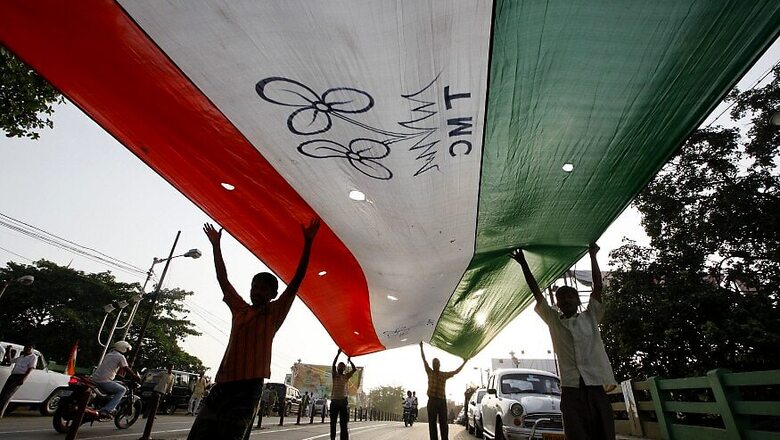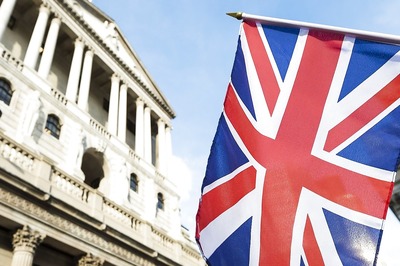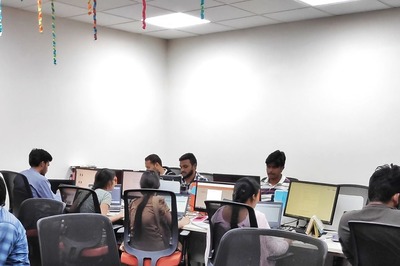
views
Bengaluru: After you heard TV channels all day blathering about "rise of regional parties," I have this to say. Their vote share has aggregated to between 50 to 52 percent since 1996. They have remained steady. (I owe data to a 2013 study report by www.carneigiendowment.org)
It is an old story. It became a significant idea in the 1980s. The number of parties contesting elections jumped from 38 in 1984 to 117 in 1989, when VP Singh formed the coalition government led by Janata Dal.
While the assassination of Prime Minister Indira Gandhi gave the largest ever mandate to the Congress, it also wrote its swan song as the single dominant party. For 1989, the Bofors election, was a plain and simple anti-Congress coming together.
But regional parties together crossed 50 percent vote share for the first time in 1996. Let us remember, that also marked the rise of the BJP-led coalition to power.
In 2004, regional parties had a total vote share of over 51 percent, but they got together with the Congress this time. In 2009, they increased their vote share, slightly. In 2009, there were 37 parties in Lok Sabha.
Now, BJP and Congress, as "national parties" (more true of one than the other) must fight for the remaining part, less than 50 percent, as we see. In 1996, Congress earned just short of 30 percent of the vote. BJP, less than 20 percent.
While the Congress share had hovered at just below 30 percent in subsequent elections, BJP got just above 25 percent, and in 1998, after a dip in the UPA years, hit the famous 31 percent in 2014. Regional parties have held steady at just above 50 percent.
Now, with so many parties, the average margin of victory in LS polls went down to less than 10 percent in 2009, from highs of above 25 percent in previous "wave" years of 1971 and 1977. So, small swings could mean big yields in seats for the winners. In 1999 and 2009, with the same vote share of about 28 percent (from 28.3 to 28.5 percent), seats won by the Congress increased from 140 to 206.
BJP is learning the coalition game. For AAP, here is the opportunity to become the alternative 'national party'. Because of its anti-Modi positioning, it will take votes from the Congress only.
The regional parties are the constant. Nothing new here. TV channels are lazy with numbers and analysis.
(Prakash Belawadi is a well - known film actor, theatre personality and a former journalist. He has acted in several award winning Kannada films and directed dozens of plays both in Kannada and English. Belawadi’s recent films in Hindi are “Madras Café” and “Airlift”. His parents Make-up Nani and Bhargavi Narayan are also big names in Kannada cinema and theatre.)



















Comments
0 comment